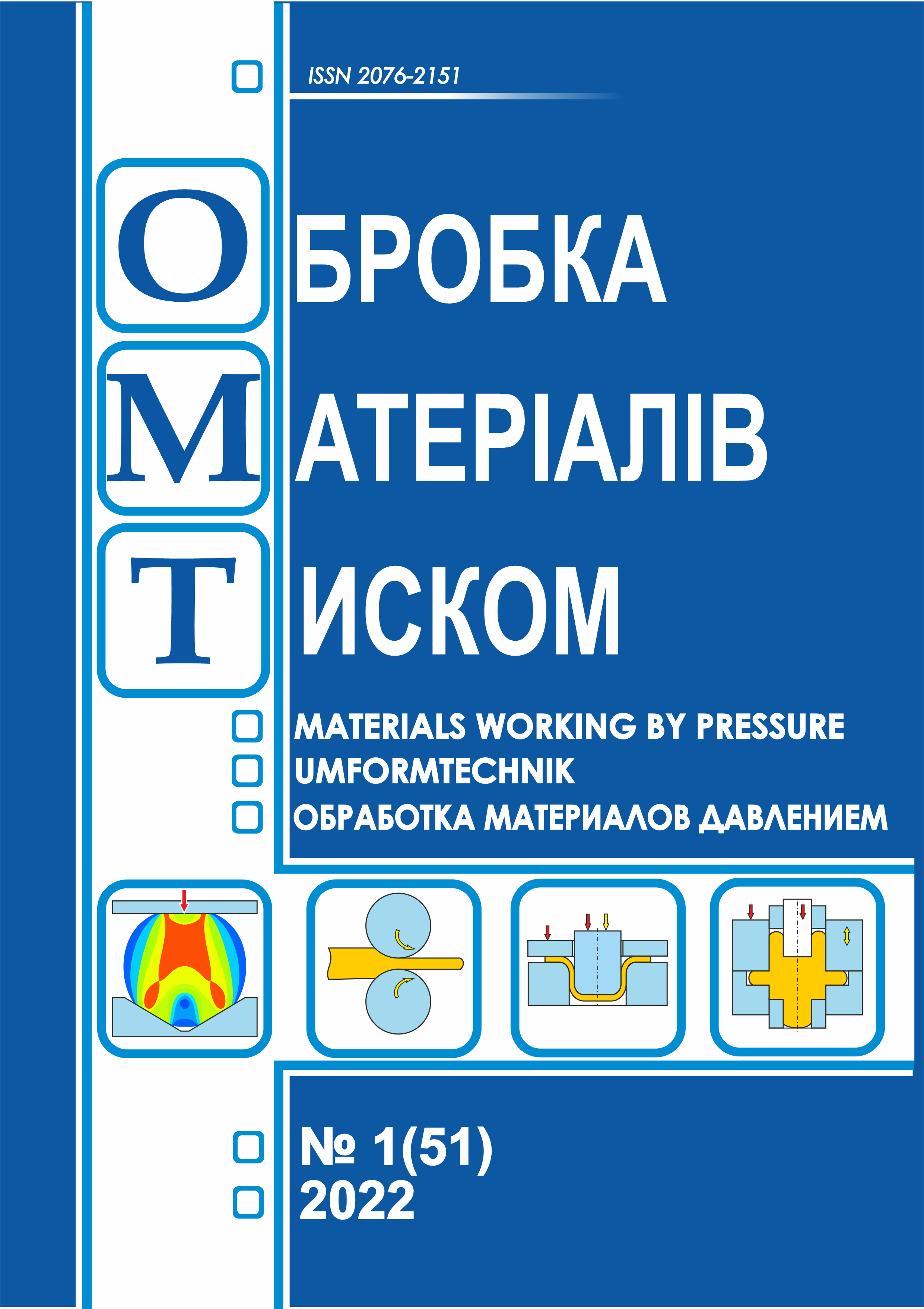Criteria for the selection of hard-facing materials for the restoration of parts
DOI:
https://doi.org/10.37142/2076-2151/2022-1(51)196Keywords:
machine parts, shock-abrasive wear, alloying system, surfacing, rare-earth metals, self-shielded flux-cored wire.Abstract
Grin O., Trembach I. Criteria for the selection of hard-facing materials for the restoration of parts
The analysis of literature data showed that for the operating conditions of machine parts under shock loading, the main alloying system is Fe-C-Cr-Mn, which provides high shocl resistance due to the formation of an austenite microstructure with dispersed carbides. The additional introduction of rare earth metals and their oxides is promising. An analysis of modern materials and alloying systems for surfacing a tool subjected to metal-to-metal friction in the presence of an impact was made. The optimal alloying system has been determined, which will ensure increased wear resistance during the restoration and strengthening of parts that are subjected to shock with the friction of metal working surfaces. Based on the analysis of literature data, the choice of the alloying system is substantiated in order to increase the wear resistance during restoration and strengthening of the surfaces of parts that are subject to shock-abrasive wear. Determining the optimal alloying system for surfacing machine parts made of high-manganese steel operating under conditions of shock-abrasive wear significantly simplifies the task of developing economically alloyed surfacing materials. Based on the analysis of literature data, it is shown that alloys with a structure of martensite and martensite with carbides are recommended for conditions of fatigue wear, as well as during rolling/sliding and impact, thermal impact. It is shown that for the conditions of operation under shock loading, the main alloying system is the Fe-C-Cr-Mn system, which is additionally alloyed with Mo, V, Cu, B, and for the deposited surface, which undergoes metal-to-metal friction at in the presence of a shock it is advisable to use the Fe-C-W-Mo-V system. In both cases, an increase in the operational properties of the metal can be achieved by the additional introduction of rare earth metals and their oxides.
References
Domash E.V., Melnikov D.V., Spiridonov N.V. Study of technological parameters of formation of antifriction plasma coatings based on ni and su using the example of sliding bearings. Surface engineering and product renovation: Materials of the 12th International Scientific and Technical Conference, June 04–08, 2012. Yalta – Kyiv: ATM of Ukraine. 2012, pp. 90–91. (in Russian).
Del Río López B., García Diez A., Mier Buenhombre J.L., Camba Fabal C., Filgueira Vizoso A. Microstructural analysis and tribological behavior of a medium-Mn steel with Mo. Metals. 2018. 8, pp. 745.
Malinov V.L. Wear resistance of deposited metal with metastable austenite under abrasive and shock-abrasive impact. Bulletin of the Pryazovsky State Technical University: coll. scientific works. PDTU Mariupol. 2012. 25, pp. 146–157. (in Russian).
Plyuta V.L., Nesterenko A.M., Bobyr S.V. Economically alloyed wear-resistant alloys: problems and prospects Fundamental and applied problems of ferrous metallurgy: Sat. scientific tr. Dnipropetrovsk: IChM NAS of Ukraine. 2008. 17, pp. 231–239. (in Russian).
Antonyuk D.A., Redka M.O. Wear resistance of materials in the conditions of wear by semi-fixed abrasive with local shock loads and pinching of particles. Problems of tribology. 2012. 3, pp. 87–93. (in Ukrainian).
Malinov V.L. Sparingly alloyed electrode materials that provide strain hardening in the deposited metal during operation. Automatic welding. 2006. 8, pp. 29–32. (in Russian).
Efimenko N.G., Balan L.N. et al. Influence of yttrium on the structure of the weld metal in fusion welding. Welding production. 4, 1985, pp. 6–8. (in Russian).
Karpenko V.M., Grin A.G., Steel for surfacing of working parts of dividing dies. Forging and stamping production. 1989. 4, pp. 26–27. (in Russian).
Grin’ A. Conditions for the reduction of rare earth metals from oxides during surfacing with flux-cored wire. Scientific Bulletin of the Donbass State Engineering Academy. Kramatorsk. 2015. 3 (18E), pp. 86–91.
DSTU EN 14700:2019. Welding materials. Welding materials for surfacing.
ISO/TR 13393. Welding consumables - Hardfacing classification - Microstructures.
Panfilov A.N., Koposhko A.V., Kuskov Yu.M. Prospects for the use of SWIP bimetallic wear-resistant sheets in the coal industry. Physical and technical problems of mining. 2011. 14, pp. 181–187. (in Russian).

